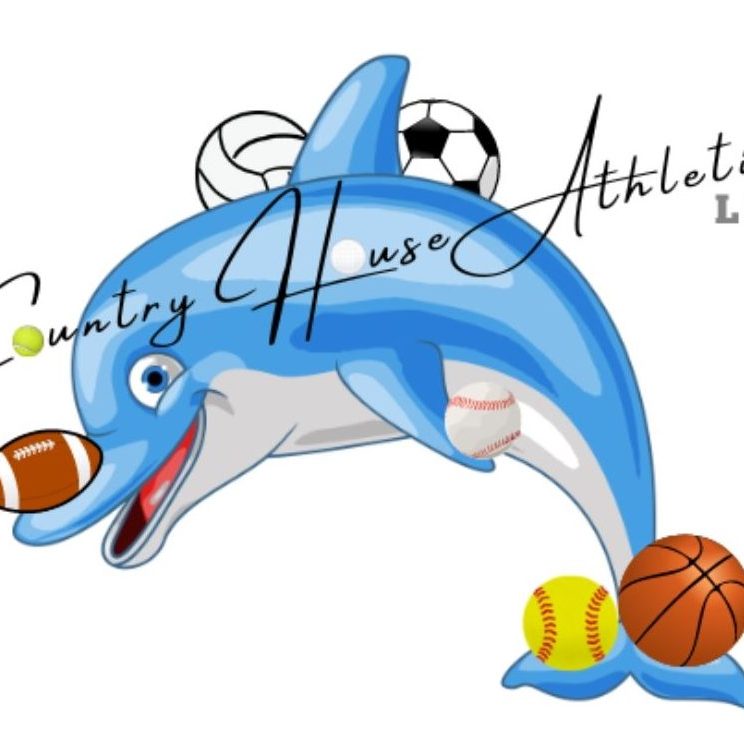As the parent of a youth athlete, have you ever heard of the term “kinetic chain”? If so, congrats! You’re already a step ahead. If not, no worries. We’re going to introduce you to this absolutely crucial concept. This term really applies to everything concerning injury prevention, injury rehab or performance enhancement. Take advantage of this and your young athlete has a decided advantage of the competition. The term might sound like something from a physics textbook—but in sports medicine, it’s one of the most important concepts for keeping young athletes healthy and performing at their best.
What Is the Kinetic Chain?
Let’s start by thinking of the body as a chain made up of different links: feet, ankles, knees, hips, core, shoulders, elbows, and wrists. When everything is working together, movement flows smoothly from one link to the next. But if one link is weak, stiff, or out of sync, it affects everything else in the chain.
That’s the kinetic chain: the idea that the body’s joints and muscles are interconnected, and movement in one area impacts movement in another. Nothing your body does – from a performance standpoint – is ever done in isolation.
Real-Life Example: Jumping or Throwing
We’ve decided to introduce this concept to you in easy to picture examples related to the upper and lower body.
For the lower extremity, let’s imagine jumping. When you jump, your feet push off the ground, your knees extend, your hips drive up, your core stabilizes, and your arms help create lift. If your core is weak, your jump height suffers. If your ankle is stiff, your knees might take on extra stress. Every link matters.
Now let’s turn our attention to this week’s topic and think about throwing. It might look like an arm-only movement, but a good throw actually starts from the ground. Your legs, hips, and trunk all generate power that eventually transfers to your shoulder, elbow, and wrist. If something breaks down early in the chain, your arm often pays the price. Your arm health is very dependent on the rest of your body!
Why It Matters for Youth Athletes
Young athletes are still growing, and their bodies are constantly changing. The wild variable in the youth athlete is that one part of the chain may grow faster than another. If that chain isn’t working in sync, it can lead to poor movement patterns and eventually—injuries.
The most common example we see? Shoulder and elbow injuries in overhead athletes like baseball pitchers, softball players, volleyball players, and quarterbacks.
While throwing volume is certainly one common culprit, these injuries aren’t always because of “too much throwing”—they’re often a result of poor coordination somewhere lower in the chain: tight hips, weak core, limited trunk rotation, or poor balance.
What’s Next: Building a Better Chain
So what does a strong kinetic chain actually look like for an overhead athlete? Here’s a basic look from the ground up:
- Feet & Ankles: A stable base is critical. Proper balance and mobility in the foot and ankle allow for better control and force transfer during push-off and landing.
- Knees & Hips: The hips are a powerhouse in the throwing motion. Tight hips or weak glutes can throw off alignment and reduce rotational force, causing the arm to overcompensate.
- Core: The core connects the lower and upper body. A strong, stable core ensures that energy generated by the legs and hips reaches the arm efficiently. A weak core is like a broken bridge.
- Thoracic Spine (Upper Back): Mobility here is essential for rotating and following through during a throw. Limited motion in this area can increase strain on the shoulder and elbow.
- Shoulders & Elbows: These should be the recipients of power—not the sole producers. When everything below the shoulder works well, the arm can move more efficiently with less strain.
At the end of the day, keeping your young athlete healthy isn’t about focusing on one body part—it’s about understanding how the whole body works together as one coordinated unit. That’s the power of the kinetic chain. Whether your child is recovering from an injury, struggling with mechanics, or simply wants to perform at their best, making sure every link in that chain is functioning properly is key. At Country House Athletics, we specialize in identifying those weak links and helping athletes—and their parents—understand what’s really going on beneath the surface. If you’re ready to get your child’s kinetic chain in check, we’re here to help every step of the way.

No responses yet